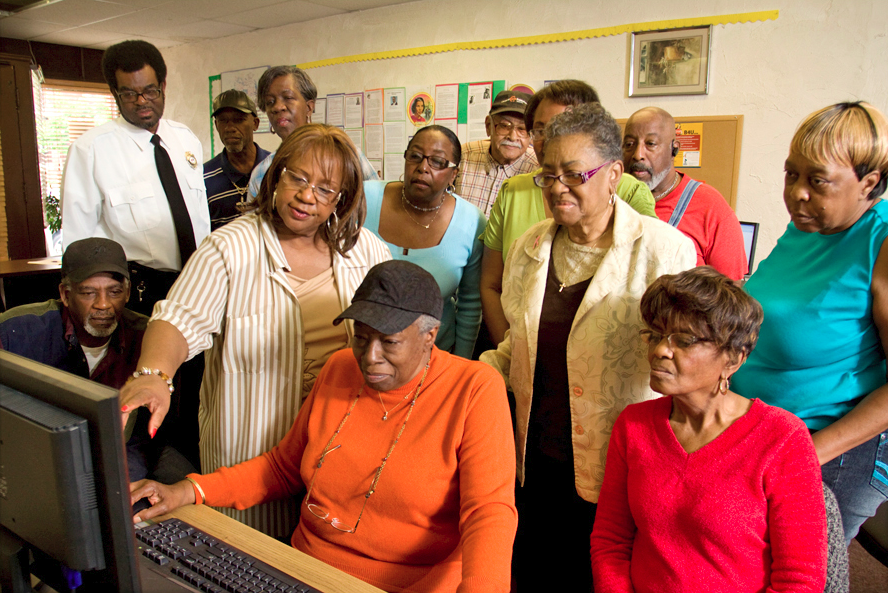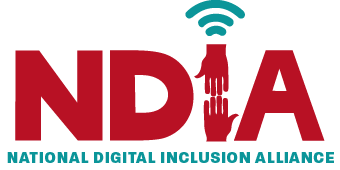Introduction

Successful digital inclusion efforts are rooted in trust. Technology is frustrating. It is constantly changing. It has a history of being used to steal and harm. Getting community members to feel confident when working with technology is a matter of trust. In most cases, this trust happens because the organization providing digital inclusion programming is also providing other services of value to community members (books, housing, social service support) and is staffed by individuals from the community.
The title of this guidebook is recognition of grassroots efforts in the past 25 or so years to address equitable access to and use of information communication technologies. In the early- to mid-1990s, the focus was on improving digital skills through class training and public computer labs.
During those days, equitable access to and use of technology occurred through the creation of community technology centers. In the 2000s, community-based organizations and anchor institutions with broader missions were creating digital inclusion programs with in-house community technology centers/labs. The resource everyone turned to at the time was the CTCNet Start-Up Manual1. CTCNet was the Community Technology Centers’ Network, a national organization that “envisioned a society in which all people are equitably empowered by technology skills and usage."2 The manual provided guidance on finding free/low-cost software, securing the computers, setting up the space, determining program focus, easily rebooting the computers to the original settings and much more.
“As the Coordinator of the Coalition to Access Technology and Networking in Toledo, I helped set up public access computer labs in the mid-1990s. We were excited if we could manage to get one computer access to the internet (dial-up) and jumping for joy if we had more than one.” - Angela Siefer, NDIA
Today, knowing how to use word processors and spreadsheets is still important, but the list of necessary digital skills has expanded. Now, we also have a growing recognition that everyone must have internet service at home with the devices necessary for the tasks at hand.
This manual was updated in August 2020 to reflect best practices around digital inclusion in an age of COVID-19.
References
- [1]
- Antonia Stone and Karen Zgoda, CTCNet Start Up Manual, (Cambridge, MA: Community Technology Centers Network, 2003), https://dl.airtable.com/.attachments/abe4fba2dd61d91731038004e067b08f/d5015e4a/community_tech_center_manual.pdf
(Back to text)
- [2]
- Stephen Bajjaly, The Community Networking Handbook. (Chicago: American Library Association, 1999), 48
